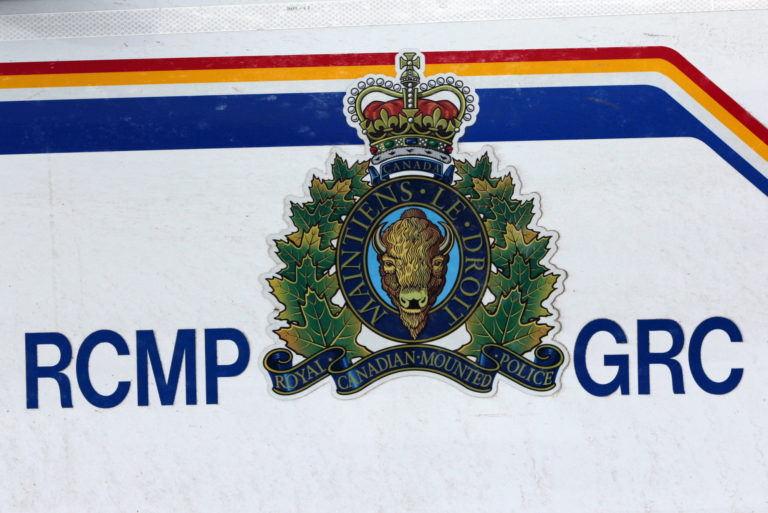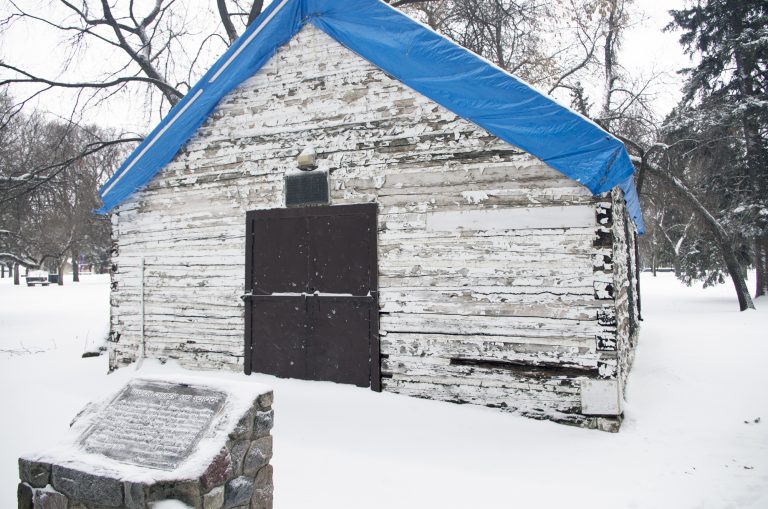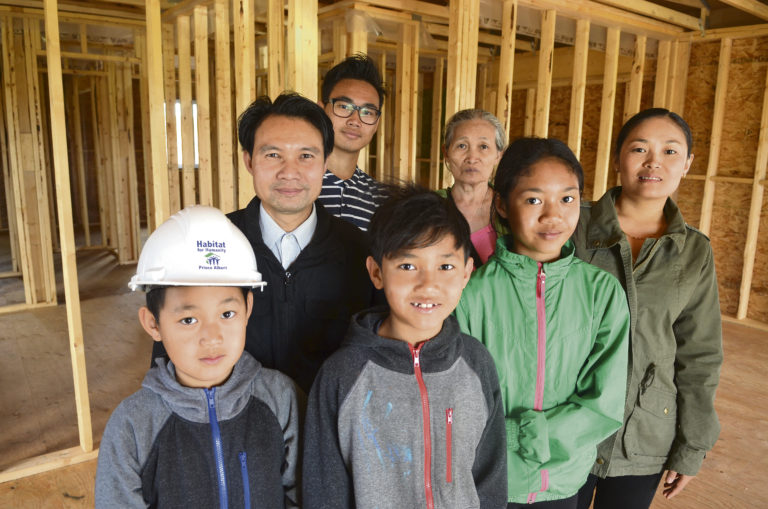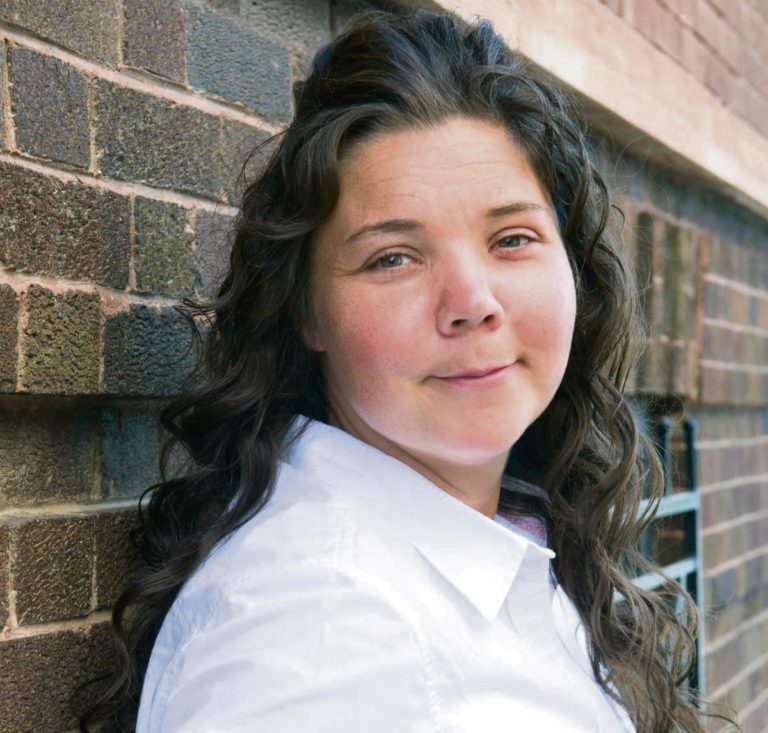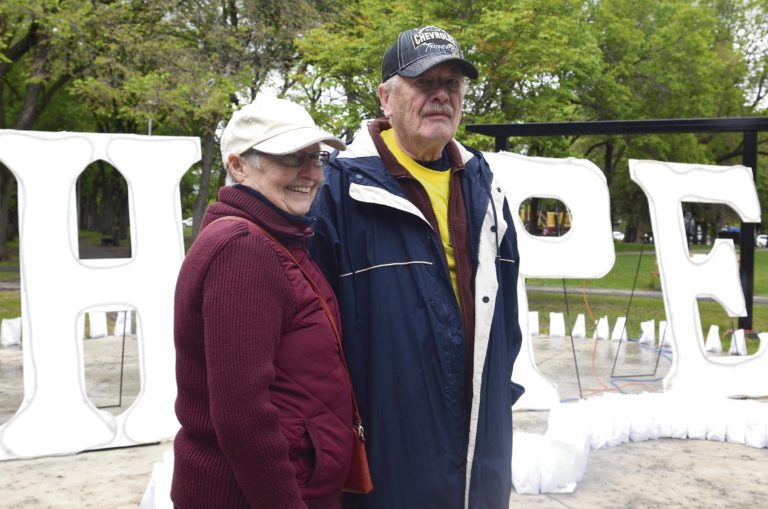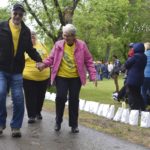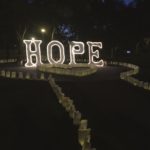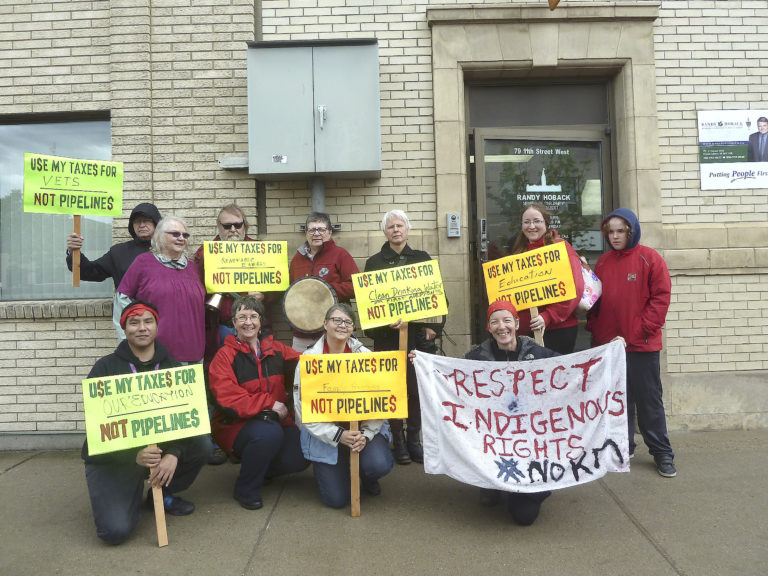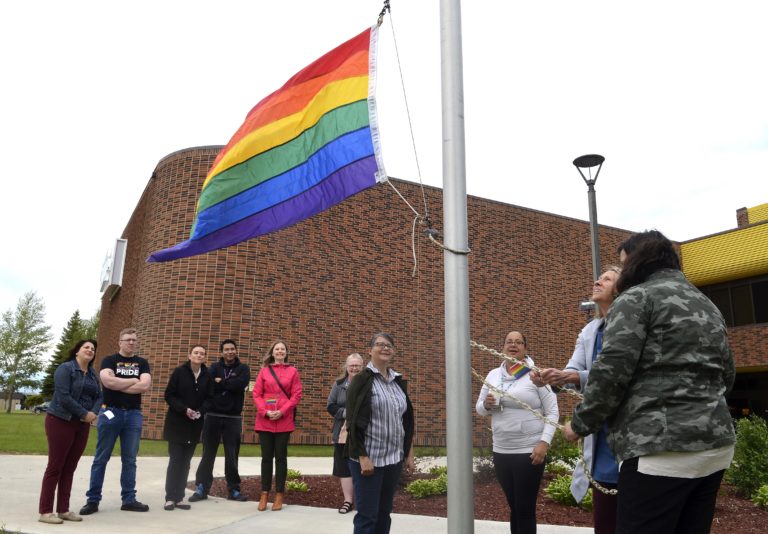Tuesday was one of the best days in the cycle of a new Habitat for Humanity home, likely second only to move in day.
Tuesday was the day a family got to see what would be their new home, and step inside, for the first time.
The family in question — the Shar and Paw family — was on hand for the unveiling, as were representatives from Saskatchewan Polytechnic, where the home was framed and exterior finished, and government officials.
The home was funded through a joint provincial and federal agreement that saw the two governments jointly contribute $65,000 to build the home through the 2014-19 Investment in Affordable Housing Agreement. The build itself is a partnership between Habitat for Humanity Prince Albert and Saskatchewan Polytechnic Institute. The home is the fourth of five to be put together by Level 1 and Level 2 carpentry students at the institution.
But while the institution and the government were touting their contributions, it was clear the event was about one key element — the family.
“We are very excited,” said Lay Nah Shar, whose wife Ku Paw and three children will move into the house once it’s fully completed.
“We see the new house and everything. It looks really good and cool.”
The family had been rejected twice before they were finally approved on their third try.
“My wife pushed me really hard to get it,” Shar said. “I listened to her and tried again, and we got it.”
Tuesday, the as friends and family explored what will eventually become their new home, the three kids explored the house’s various rooms and chased each other through the wooden framing.
“They are (really looking forward to it too,” Shar said.
“Every time I drove by here, my kids told me ‘go this way, let’s go and see our house.’”
Construction on the home, a raised bungalow about 1,175 square feet in size, began in April. Level 1 carpentry students begin construction, and Level 2 apprentices complete the framing and the exterior finish as part of their training.
For now, the house is located beside the east end of the Saskatchewan Polytechnic building. Now that the students are done with it, it will be moved to its new location at 767 17th Street West. There, other tradespeople and the family will work together to put up walls and ceilings, and outfit the house with everything needed to make it a home.
For Habitat Prince Albert president Victoria Jurgens, seeing a family explore what will be their new home for the first time stirs up positive memories.
“It’s so exciting to watch them, because it almost feels like your own house. You can remember when you (moved),” she said.
A key element of any Habitat for Humanity build is the family’s sweat equity. A total of 500 hours are required, but many families put in much more.
“With this family, it’s easy to see they’re going to be out helping others as well,” she said.
With all the work left to do inside, there are lots of opportunities for the family, and other volunteers, to come help.
But the framing and exterior are done, and that’s a big help. While the partnership only has one more home to go, Jurgens is hopeful Sask. Polytech and Habitat for Humanity can work together more in the future.
“I would hope that we could continue,” she said.
“That’s an important point from today. This is giving students skills they’re going to use down the road as well. It’s a tangible skill. They can actually practice what they’re learning and they get to see the benefits directly for the community and fore the family they’re building the home for.”
A build like this doesn’t just benefit the family receiving the home. According to numbers provided by Jurgens, a 2015 study showed that for every $1 spent, about $4 of benefits accrue back to society. In Prince Albert, that means with an average of $175,000 per partner family and 27 homes built, it amounts to a value of $4.725 million in societal benefits to Prince Albert alone.
The project will provide great benefit to the community. It’s a benefit Sask. Polytech would also like to see continue. Dan Duperreault, the associate dean for the schools of construction and transportation, would also like to see the partnership with Habitat for Humanity extend beyond just one more build.
“The applied learning is a fantastic thing. It’s something we pride ourselves on,” he said.
“We do build other projects, and students do different projects o make sure they match the outcome and learn what is intended to be learned. But something like a house for Habitat is fantastic because it’s a true project that people will live in.”
Some of that work includes building things like sheds and cupboards for the Habitat for Humanity ReStore. But nothing quite compares to seeing a family explore their future home for the first time.
“This is great,” Dupperreault said.
“This is the first time I’ve represented Saskatchewan Polytechnic at this event. It’s extremely rewarding and I hope to be back next year.”

